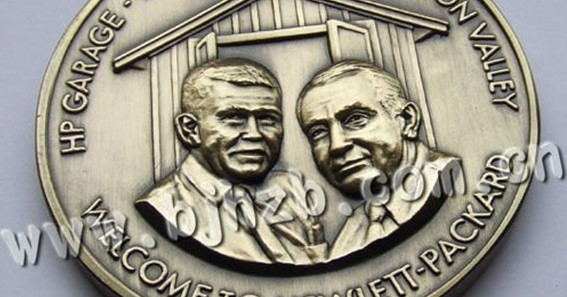Coins add realism to RPGs and are often overlooked. They show how much money takes up in space. Metal coins show how much a coin purse or gold chest weighs. 3D-printed coins cost more than metal ones.
Metal coins cost more and are harder to make than 3D-printed ones. When carrying cash, it’s better to have a lighter bag. People can use 3d print custom coin for role-playing and graphics. This post is profitable. This essay talks about filaments, metallic paints, and what I think and learn from making 3D coin sculptures.
Coins With One Or Two Sides:
Most of the time, 3D-printed coins have one or two sides. Detail should be on the front of a coin with only one side. It depends on your taste and how you set up your 3D printer. Both sides of a coin are printed on its edge. The back side isn’t as good when it’s printed flat. I like vertical printing. Because they have a small surface area, they might fall off the print bed as they are being made.
Set your slicer to lift the nozzle when the print head is far from the surface. This setting makes printing safer, but it takes longer. It’s not a problem that coins only have one side, but the information is—some like coins with only one side. Coins with smooth faces on one side don’t have layer lines.
Filaments to Consider:
To print coins, you need the right filament. Pick between PLA, ABS, and PETG. My talk will be about using different colors of filament. It comes in three different finishes. Before painting, you can prime them.
Use metallic threads instead of paint. If you don’t use metal filaments, your printer’s nozzle will wear out faster. Substitute metallic-colored filaments for metal. But they won’t sparkle like metal. Print heads don’t have any metal in them, so they don’t need to be replaced. Use colors that contrast or stand out when painting coins. Keep on reading.
The Question: Is It Better To Prime or Not?
For the best results, prime coins before painting them metallic colors. If you don’t have the time or space to spray paint, here are other options. To keep coins from being primed, use black filament. Silver paint makes the black look more appealing. Gold and copper paints look best on brown or red surfaces, so use those colors to print gold coins.
Craft paints won’t last long on plastic. Since coins might move around in a bag or container, I think you should prime them first. As a result, the paint adheres better and last longer.
Priming:
If you have the space and time, prepare your coins before you paint. Paints don’t stick as well as primers do. The painting will look better on smoother surfaces. Gold and copper look best on red or brown backgrounds, while silver looks best on black. Spray primers in black and brown are sold in stores. The lighter filament coins stand out against these darker colors. This shows where the paint has covered and where it needs more priming.
If you have no other choice, you can paint over your background with a gray primer. I used black paint to cover silver coins when I ran out of gray and brown primer. Brown paint might do the trick.
Spraying vs. hand-painting:
A quarter will shine if it is painted by hand or sprayed with paint. Hand painting takes longer, but you can be precise and add more details. Spray painting, unlike hand painting, can cover a lot of coins at once. The two plans are not the same. When painting coins by hand, only paint the tops. Spray paint makes things look more even. Spraying coins cleans and shines them.
Different amounts of spray paint can be used to make coins with speckled or gradated designs. The design of this coin is not useful. Change the look of the coin by spray painting it. If you can’t find copper, you can make it by mixing red and gold paint. The copper finish was made by mixing gold, red, and brown primer. Gray paint with copper in it makes it pink.
Clearcoat:
A clear coat over painted coins will make the paint last longer and look better. Due to wear and tear, keeping the paint on coins in good shape is very important. There are three clear coatings. Common finishes are glossy, matte, and satin. Glossy coins look bright and shiny, while flat, dull ones look dull and flat. Between is satin.
Skip the gloss clear coat if you don’t want a shiny, bright finish. Not every coin shines. Matte or silky may be desirable. Static photos don’t show how different finishes look well, so try out many options.
